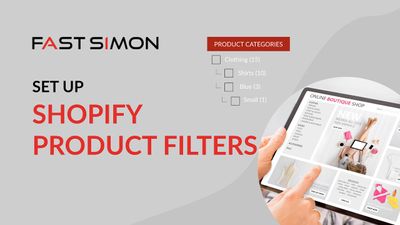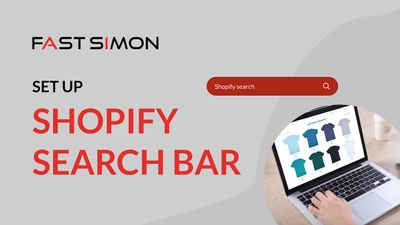Featured
Site Search: The Ultimate Guide to Internal Search
Zohar Gilad
Co-Founder & CEO
December 16, 2025

Top articles

Optimized eCommerce Experience
December 4, 2025
Simplest Way to Add Product Filters to Shopify: Step-By-Step Guide (+Images)

Site Search
December 16, 2025
Can AI Search the Internet? Search Engines, AI Assistants, and Tips for Optimization

Site Search
December 16, 2025
Guide to Shopify Search Bar: Add, Customize, Troubleshoot, Remove, and More
Merchandising
View all
Merchandising
December 12, 2025
Why Grouping Related Products Is Important in eCommerce Merchandising

Merchandising
December 12, 2025
Visual Merchandising in Fashion eCommerce: 7 Best Strategies That Work

Merchandising
December 12, 2025
eCommerce Visual Merchandising Guide: Improving the Online Shopping Experience
Site Search
View all
Site Search
December 16, 2025
6 Ways to Maximize Sales With a Comprehensive Search and Discovery Approach

Site Search
December 16, 2025
7 Ways AI in Visual Search Streamlines eCommerce User Journeys

Site Search
December 16, 2025
Unleash the Power of Custom Site Search: A Guide to Better eCommerce Navigation
Personalization
View all
Personalization
December 16, 2025
Why Personalization For Large Audiences Through Anonymous Data Works

Personalization
December 16, 2025
Web Personalization: Improve Your eCommerce Store's Conversion Rates

Personalization
December 16, 2025
6 Techniques to Personalize Emails that Drive Customer Engagement and LTV
Optimized eCommerce Experience
View all




